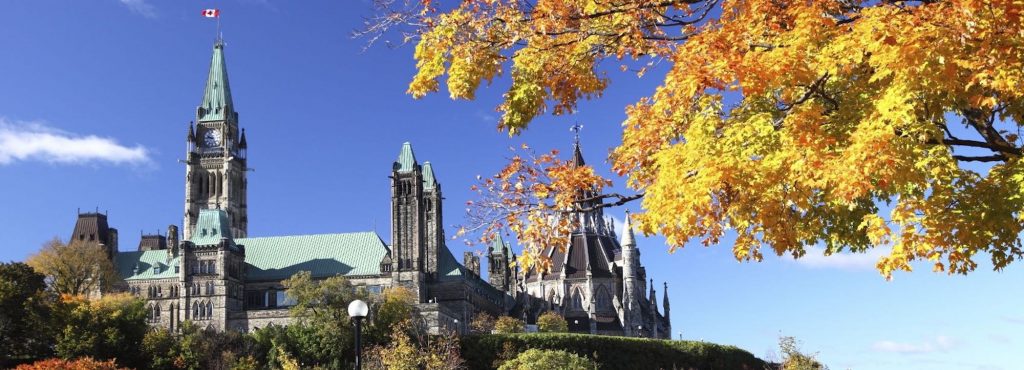
New transit-oriented development encourages the creation of walkable mixed-use neighborhoods around transit stations. Light rail, streetcar lines and buffered bike routes in existing residential neighborhood spur higher density infill mixed-use. Suburban shopping malls are finally being replaced with mixed-use residential, office, commercial and service facilities.
But do these developments promote social health, community, contact with nature, equity, and well-being? Are they good environments for children and elders? Are they human scale? Do they include neighborhood squares and parks, a mix of all income and age groups, workplaces, schools, civic facilities, and services, farmers markets, festivals – and beauty for all? Are they creating healthy, 10-minute neighborhoods?
At the IMCL conference world leaders, city officials, practitioners, scholars and students in architecture, urban design, planning, health policy, social sciences, psychology, urban anthropology, nutrition, transportation planning, and urban affairs gather to exchange experiences and ideas to improve health and well-being for all, and to ensure the long term sustainability of the natural and man-made environment.






